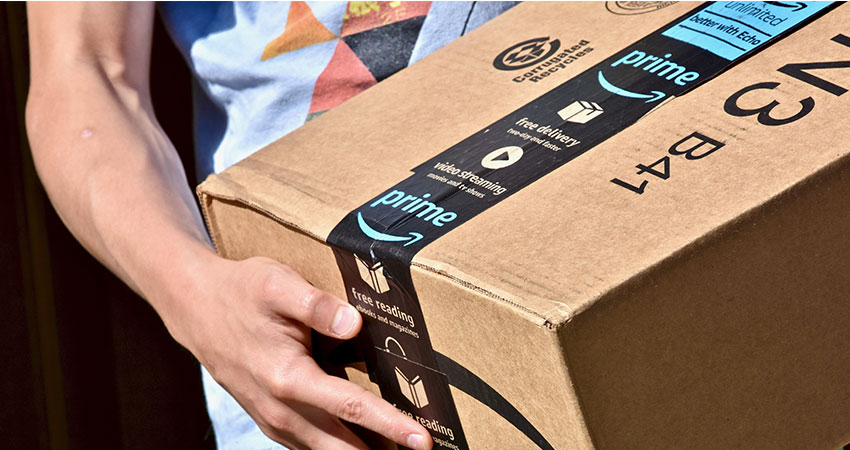Amazon is testing a program that will require sellers who fulfill their own returns to offer UPS as a return shipping option for customers, in addition to the less expensive U.S. Postal Service they had been using exclusively, a move they’re not particularly thrilled with.
The test will run from Sept. 5 through Oct. 2 in order to “understand buyer behavior” and see what kind of impact the new returns option will have, Amazon said in a note announcing the move on Seller Central. It will apply to items returned through Amazon’s Prepaid Return Label program that are less than 15 oz. in weight and 130 inches in girth.
Ironically, this comes as UPS and Amazon continue to unwind their relationship on the outbound side, with the carrier reducing the volume commitment as it doesn’t meet its strict profit per piece mandate of “better, not bigger.” Amazon will represent 11% of UPS’s volume by year’s end, said CEO Carol Tome.
“Providing buyers with multiple shipping options will give buyers the convenience to drop off their return at the nearest UPS store, and encourage them to buy more from sellers,” Amazon said in the post.
At least during the duration of the test, Amazon is offering to reimburse sellers for the difference in shipping costs through a refund form. However, it’s unclear if this will continue should the policy be made permanent — or how the difference can be determined for reimbursement.
Sellers were not shy in voicing their displeasure with the move, with several noting the UPS return charge can exceed the value of the item, making the transaction a loss. At the end of the day, though, they have zero leverage, their options being swallow the cost or get off the platform.
One noted an additional handling surcharge of $15.31 would apply if the “outer shipping container is not fully encased in, or made of corrugated cardboard,” per UPS’s requirement. Delivery area surcharges could also apply.
“Why is the seller responsible for the quality of the package the buyer uses?” the seller asked. “From experience, we use small mailers and sometimes we receive the return item in large boxes. Why should the seller pay for it?”
Another seller pointed out that packaging requirements vary between carriers, and sellers evaluate costs based on product specs and choose the best method based on price, using carrier-approved packaging.
“Some envelopes we use that meet USPS First Class guidelines may not even be acceptable in UPS and vice versa, and could cost over four times as much,” the seller said. “I see a hot mess and mass confusion.”
The same seller scoffed at Amazon’s spin that customers will like the convenience of a UPS drop-off option, leading to greater loyalty.
“Like a USPS post office or mailbox is not just as convenient to folks as a UPS drop-off location? Like the mailbox at their house or work? If they can get to a UPS location, they can get to a postal drop off just as easily.”
Juozas Kaziukėnas, founder and CEO of ecommerce consultancy Marketplace Pulse, said Amazon is more focused on the consumer benefit with this move. He compared it to a policy change five years ago that made it easier for customers to send back items at the seller’s expense, which caused a huge outcry from the 3P world.
“This is continuing on that path,” Kaziukėnas said, adding he’s not sure how pricing will look in the end. “Amazon is trying to optimize the customer experience by deciding what is best. Ultimately, sellers adapt.”

